Danah Henriksen, Carmen Richardson, Natalie Gruber and just published a chapter (titled: Uncertainity, Creativity & Mindfulness: Opening Possibilities and Reducing Restrictions Through Mindfulness) in the edited volume: Uncertainty: A Catalyst for Creativity. Since I am not an expert on Mindfulness (as anybody who knows me will testify) my contribution was somewhat limited to the broader framing of uncertainty and creativity and their relationship. As always it was great fun to write with Danah, Carmen and Natalie and it is good to know that the book will be coming out soon.
Compete reference and abstract below the images:
Note: In keeping with my continuing experiments with Dall-E 2, the AI image generation program, here are a few images the software generated based on the words “creativity mindfulness and uncertainty in water digital art.” The second set (I tried this twice) came out with a much darker interpretation than I had anticipated. Also there was no particular reason I added the word “water” to the prompt—just part of my experimentation with the tool.
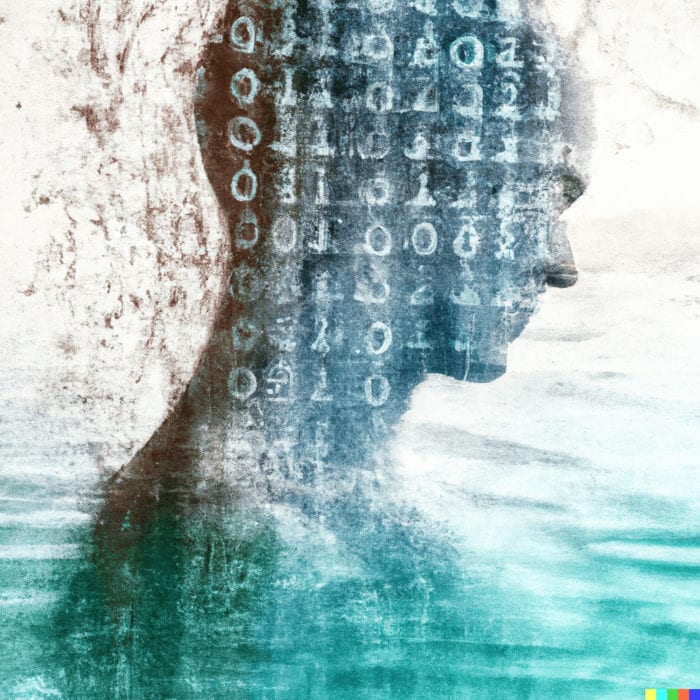

Henriksen, D., Richardson, C., Gruber, N., & Mishra, P. (2022). Uncertainity, Creativity & Mindfulness: Opening Possibilities and Reducing Restrictions Through Mindfulness. In R. A. Beghetto & G. A. Jaeger (Eds.) Uncertainty: A Catalyst for Creativity,
Learning and Development, Creativity Theory and Action in Education 6,. https://doi.org/10.1007/978-3-030-98729-9_7
Abstract: This chapter explores the pivotal role that uncertainty plays in creative learning, with a focus on mindfulness as an approach to working with uncertainty and supporting creativity. Creativity is a highly sought capacity across disciplines, and creative thinking operates as a force that drives new knowledge and ideas, advancing growth and change in society. We live in an uncertain world of rapid, often accelerating, change and instability. Creativity offers us ways of thinking that prepare us to manage and address unexpected situations and consider fresh perspec- tives or possibilities to devise better outcomes. However, creativity can be uncom- fortable for some, given the uncertainty inherent in the creative process, as well as the risk of embarrassment that comes with failure. Thus, people may hold back and hesitate to engage creatively. Such risk-aversion can be ramped up in traditional educational environments or school settings, which tend to focus on one-right- answer approaches and punitive responses to mistakes or failures. In this chapter, we explore the critical and complex relationship between creativity and uncertainty, suggesting mindfulness as a valuable approach to supporting creativity in school settings and addressing the perception of risk associated with failure. We discuss existing research around the relationship between mindfulness and creativity, and position mindfulness as a way to ameliorate fears, allow for uncertainty and open up new creative possibilities—particularly by changing one’s relationship to uncer- tainty, becoming a better observer of the world, enabling greater openness to experi- ence, and expanding empathy. We conclude with a call-to-action for creativity in learning settings, recognizing the need for uncertainty as part of the process, as well as the challenges that uncertainty presents to the human psyche and in school pro- cesses. We offer strategies for mindfulness in learning settings that can reduce restrictions on creativity, by supporting mindsets that are geared toward allowing and working with uncertainty.

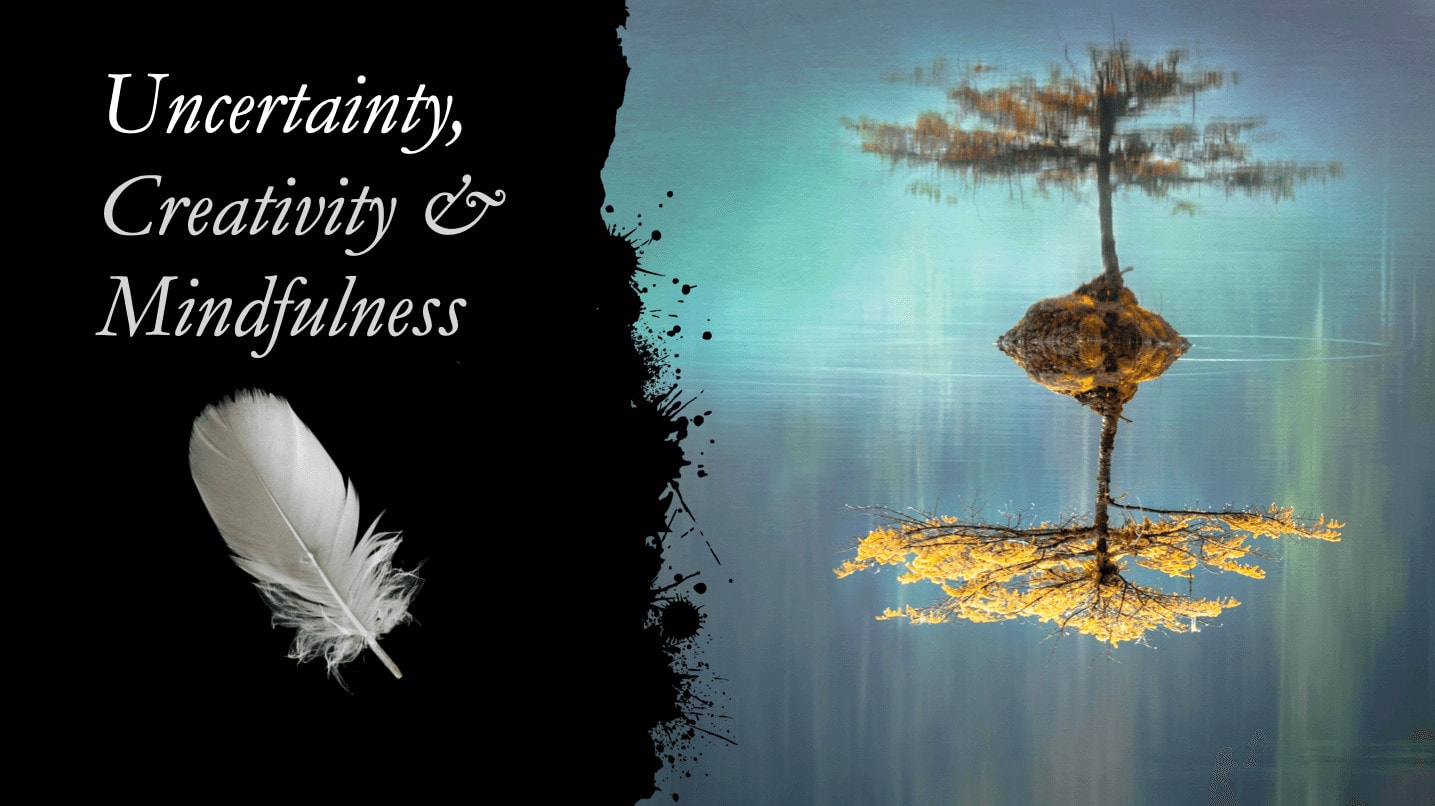
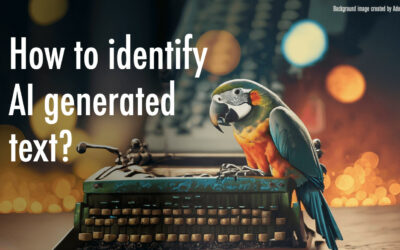
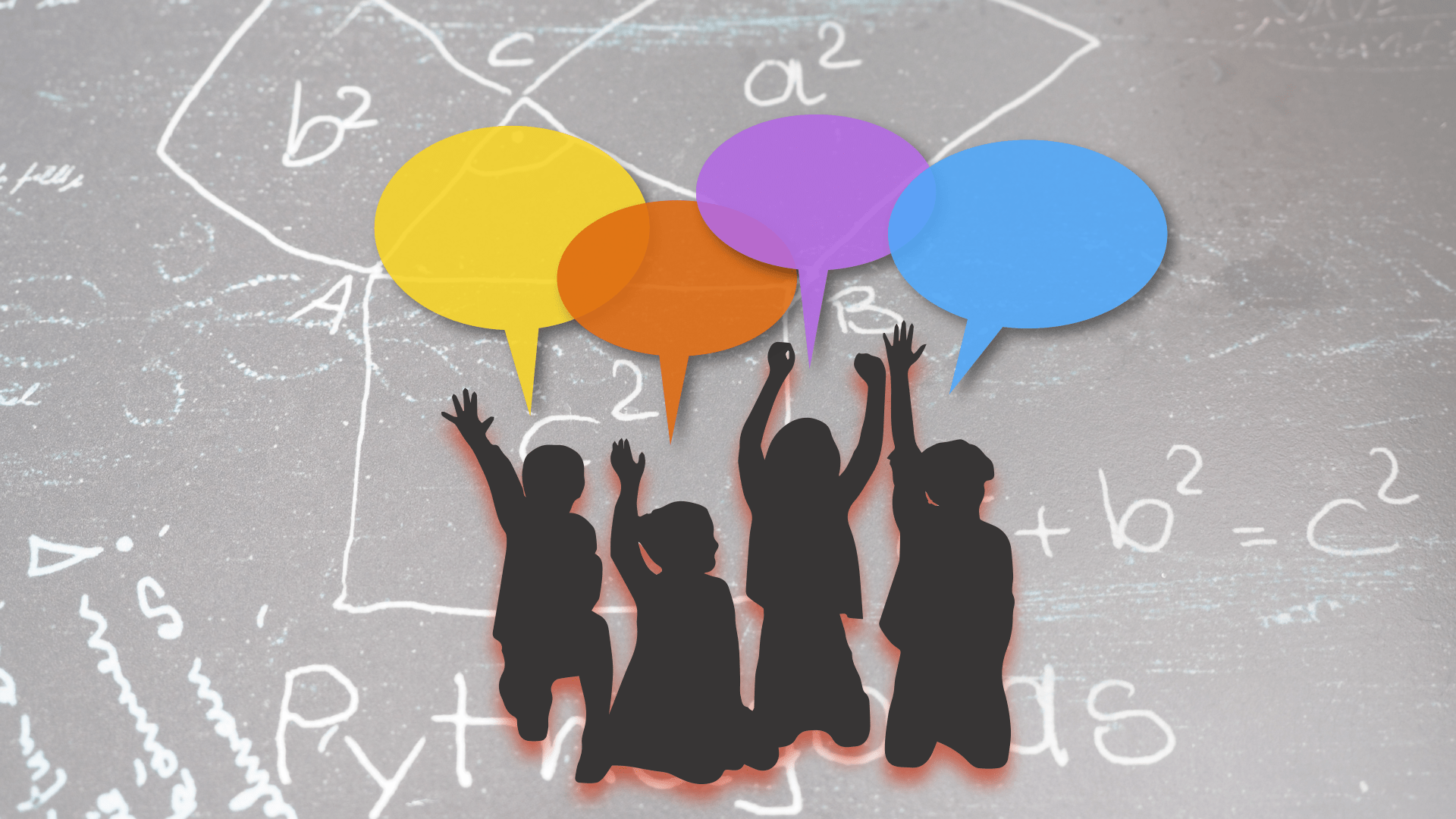
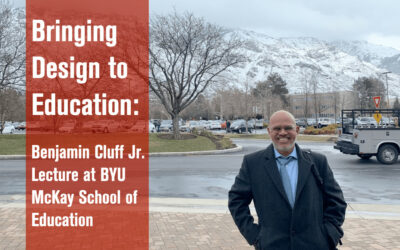
0 Comments